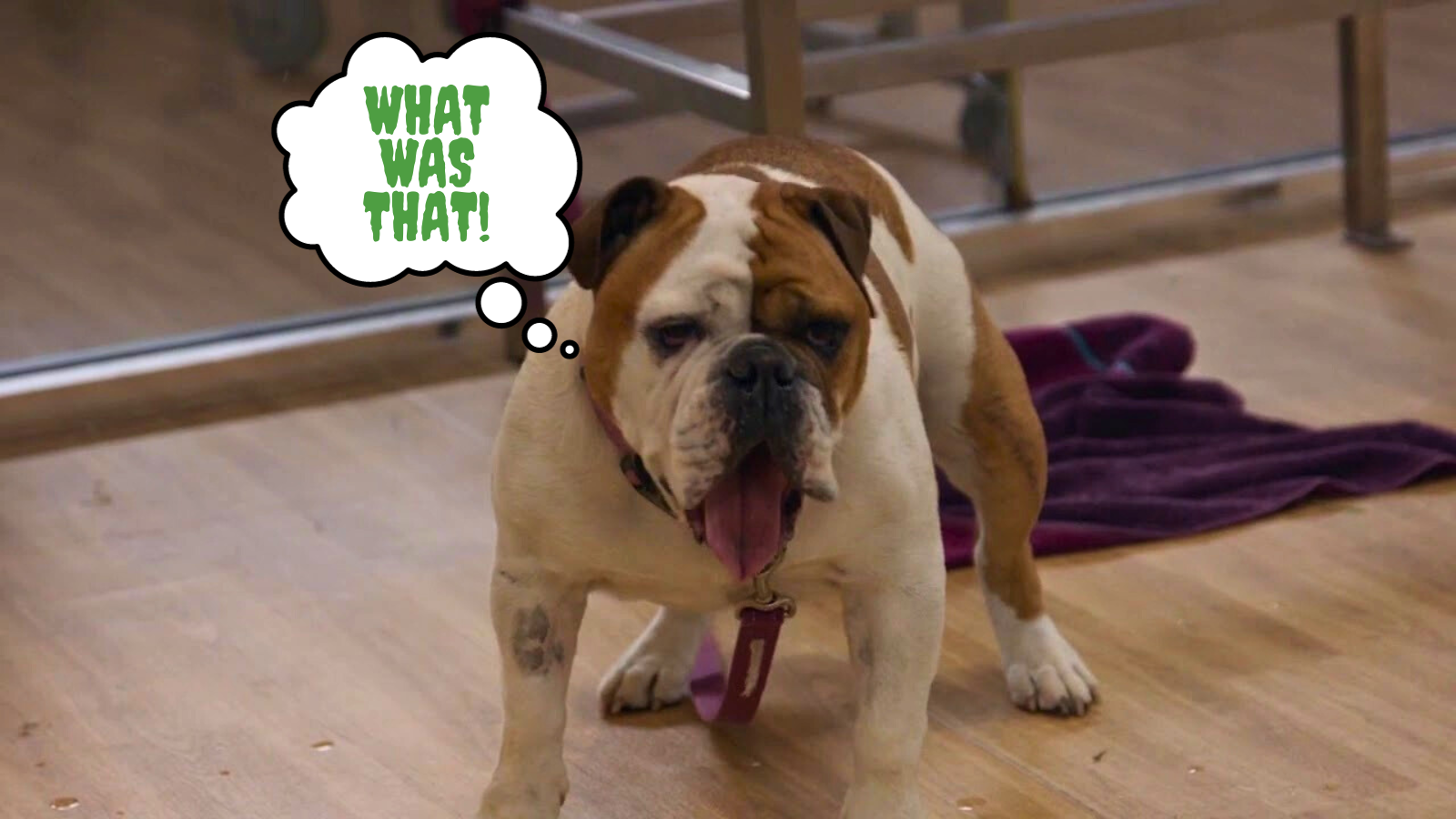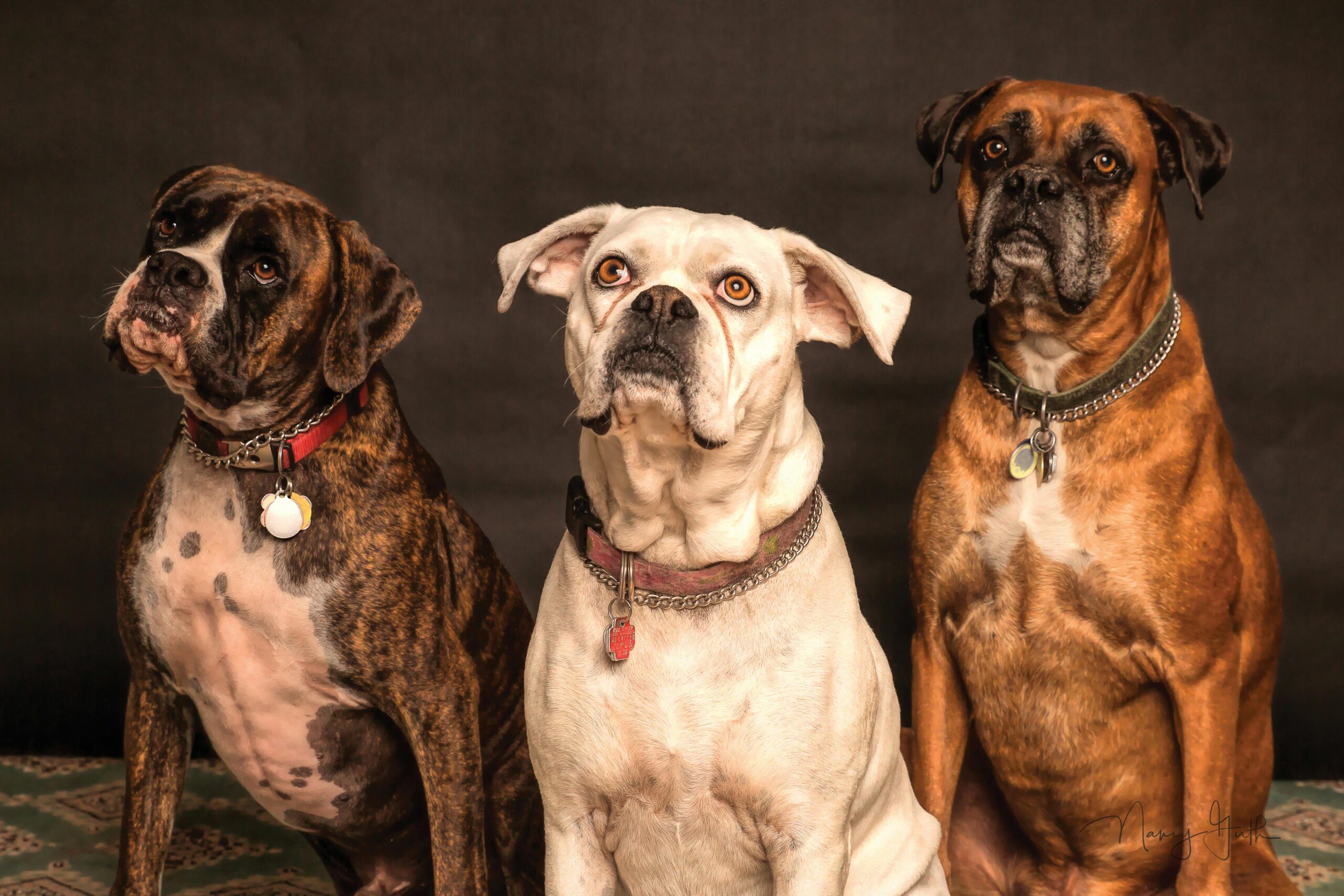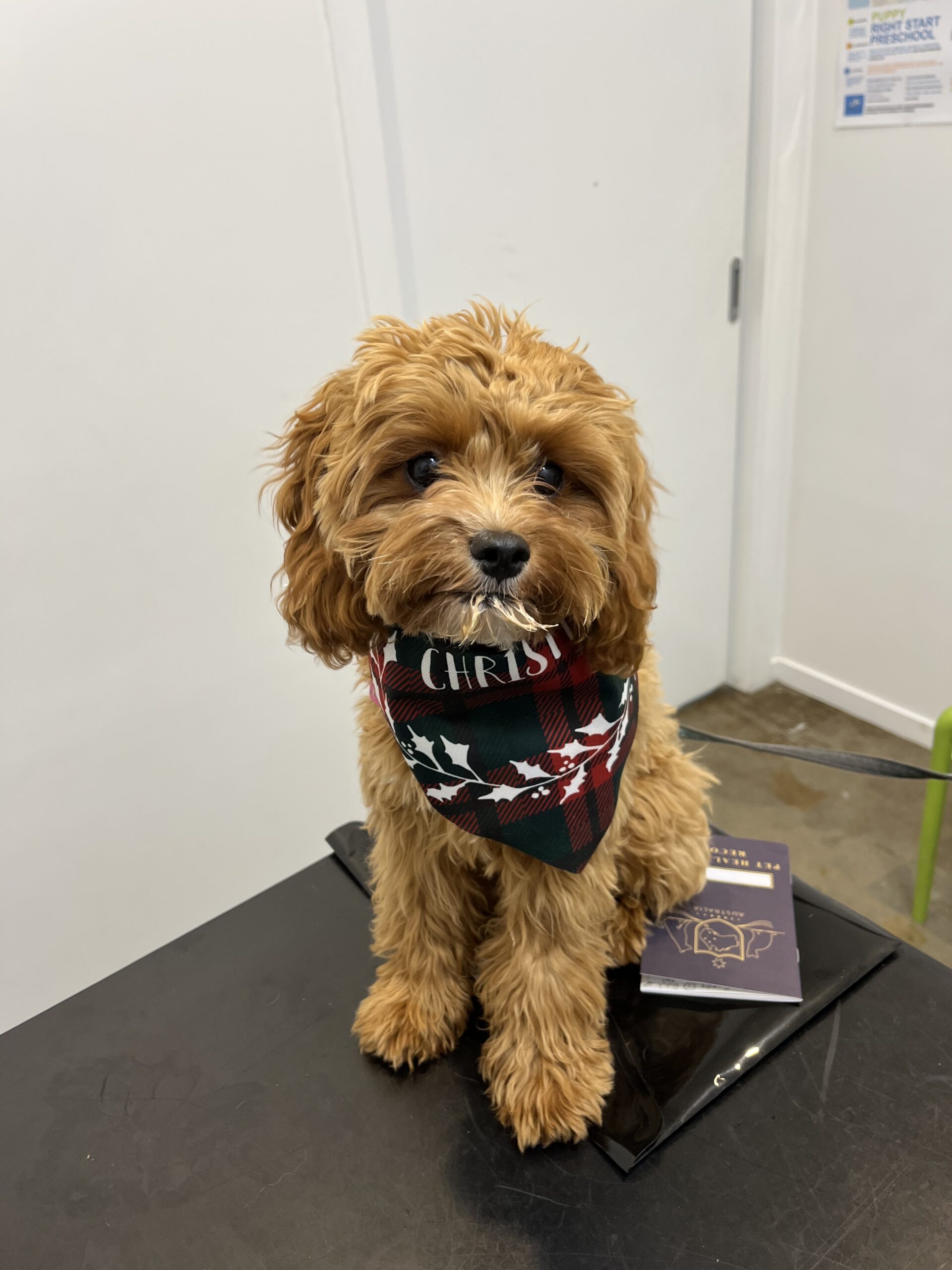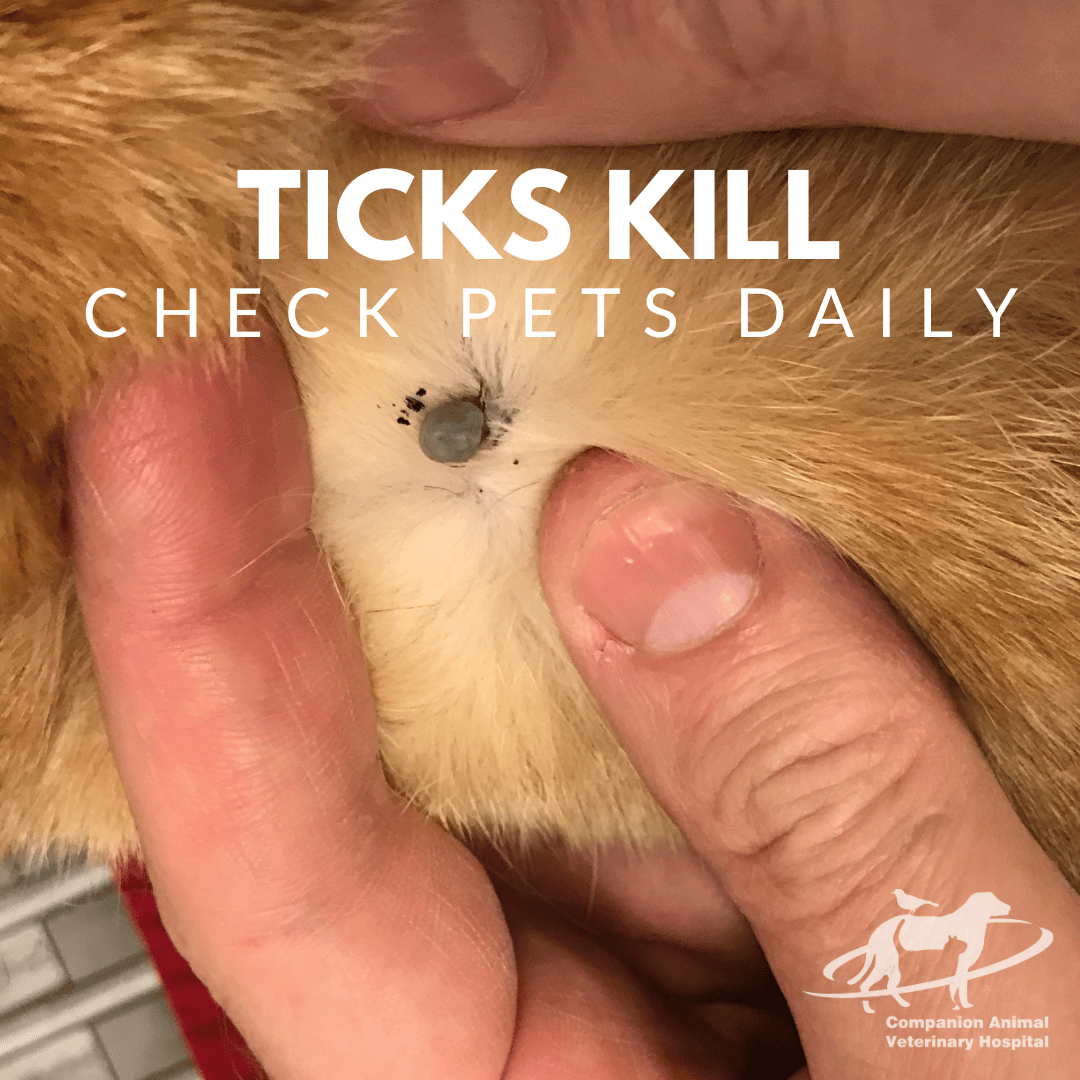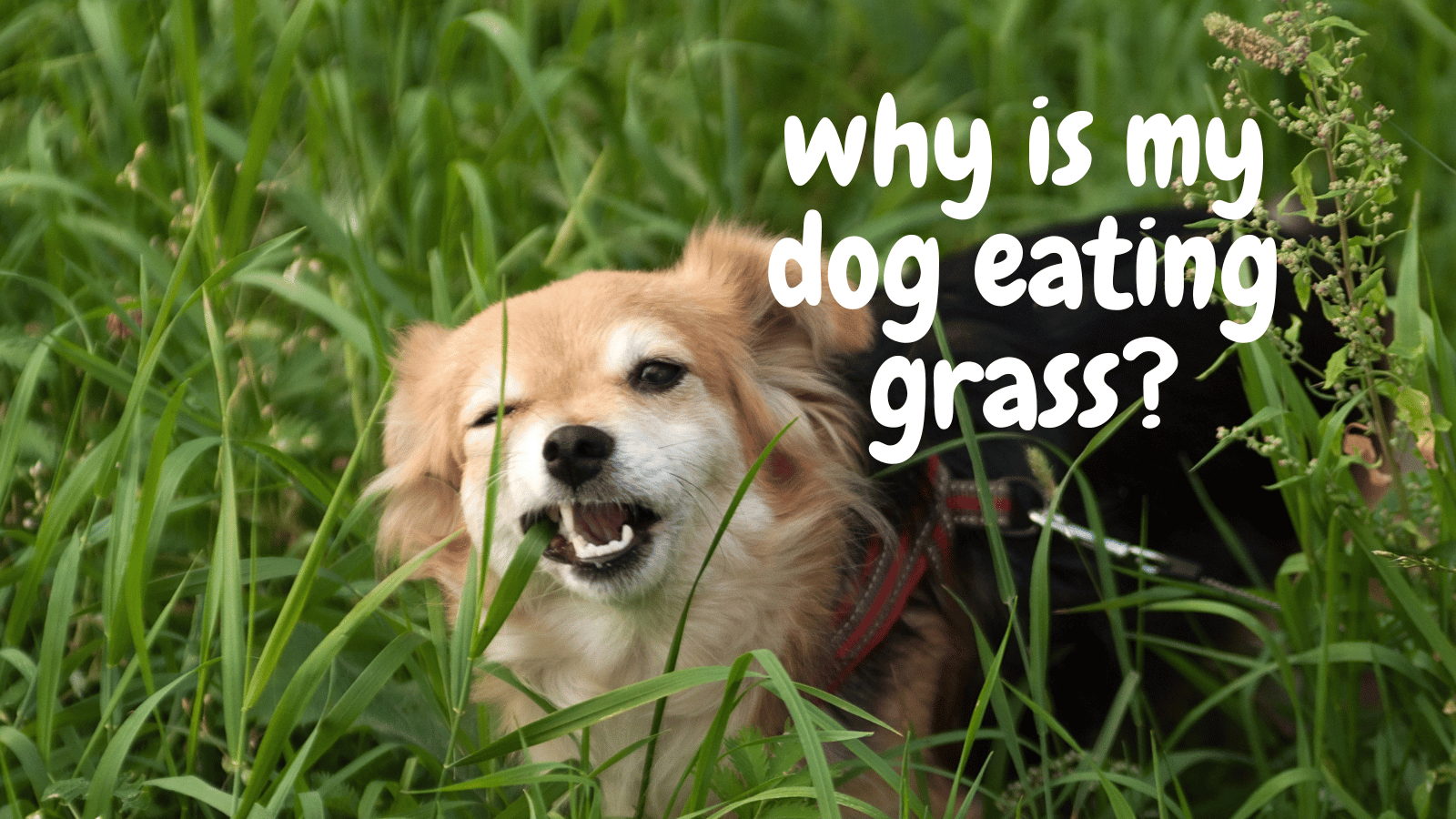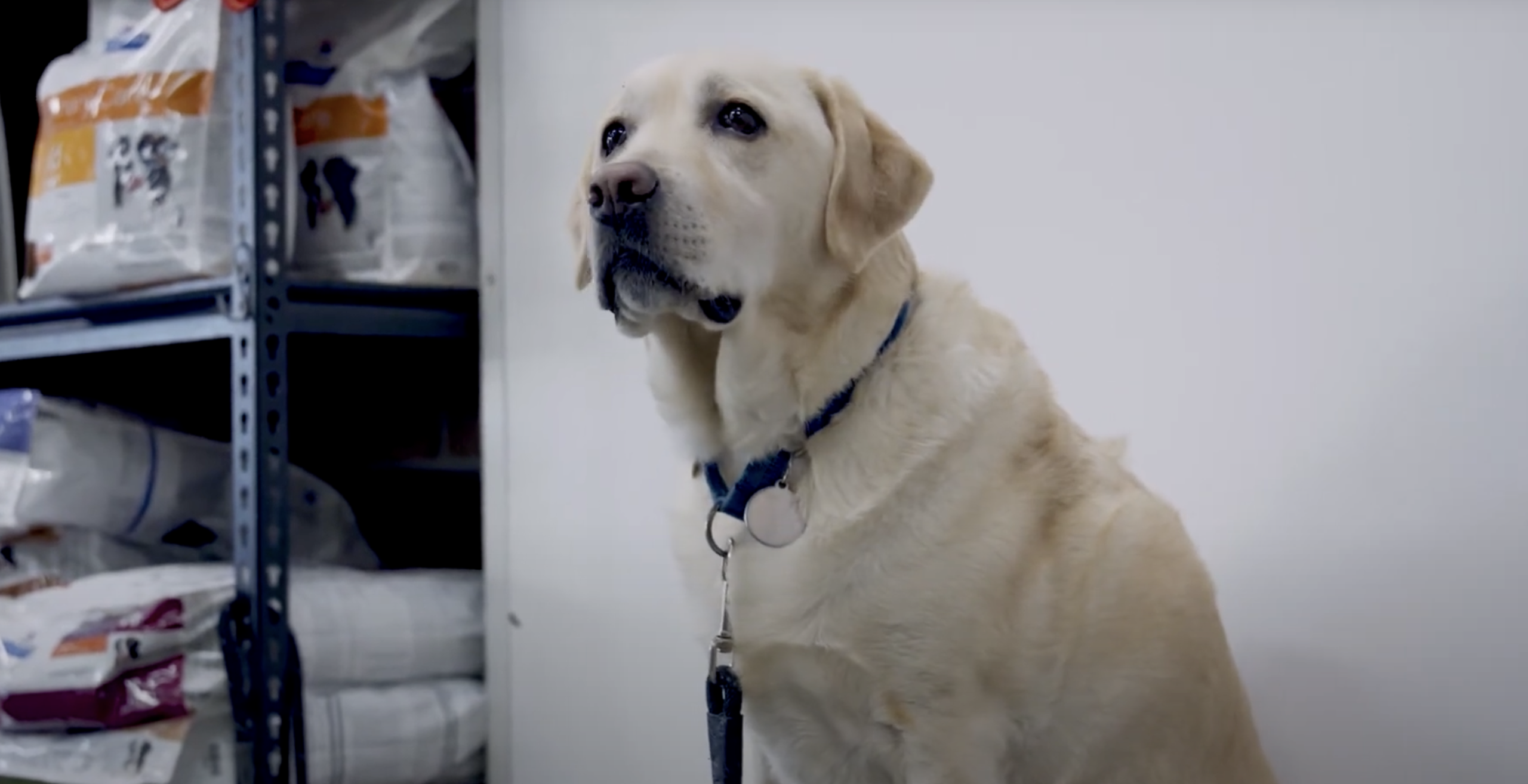Hello, pet lovers! It’s Matt from Companion Animal Veterinary Hospital. Today, we’re delving into a topic that many dog owners face but often struggle to understand fully – phobias in dogs. From thunderstorms to fireworks, these fears can significantly impact your furry friend’s life and your own. Let’s explore what phobias are, their common triggers, and how you can help your dog cope.
What is a Phobia in Dogs?
A phobia in dogs is an extreme, often irrational, fear response to a particular stimulus or situation. Unlike a normal fear response, a phobia is characterized by excessive and intense reactions. Signs of a phobia can include panting, salivating, trembling, hiding, inappropriate elimination, barking, and attempting to escape. It’s a state of severe emotional distress that, in extreme cases, can lead to panic attacks and self-injury.
Common Triggers for Dog Phobias
The most common triggers for phobias in dogs are loud noises like thunderstorms and fireworks. These events can cause heightened anxiety and fear, leading to the behaviors mentioned above. It’s important to note that not all dogs will develop a phobia; there’s often an inherent propensity combined with exposure to the fear-inducing stimulus.
How to Help Your Dog with Phobias
- Secure Environment: Ensure your home and yard are secure to prevent your dog from escaping when scared. Check fences, doors, and windows to make sure they can’t get out.
- Comfort and Reassurance: Contrary to popular belief, comforting your dog during fearful situations won’t worsen their phobia. If they seek comfort from you, provide it. Let them sit on your lap or give them treats to encourage calm behavior.
- Create a Safe Haven: Use a crate covered with a blanket as a cozy, safe space for your dog. This can help dampen noise and provide a sense of security.
- Thunder Shirts: These special shirts apply gentle, constant pressure around your dog’s torso, which can have a calming effect. Many owners report significant improvements in their dogs’ behavior during storms when using a Thunder Shirt.
- Pheromone Therapy: Dog appeasing pheromones, available as diffusers, sprays, or collars, mimic the calming pheromones produced by lactating dogs. They can be effective in soothing your dog’s anxiety.
- Medication: In some cases, medication is necessary. These drugs increase serotonin levels in the brain, promoting a relaxed state of mind and making it easier for your dog to learn new, calm behaviors. Ideally, medication should be administered before the fear-inducing event occurs.
Conclusion
Phobias in dogs are more than just a little fear; they can lead to distress and potential harm. By understanding what triggers your dog’s phobia and implementing these strategies, you can help them lead a happier, more relaxed life. Remember, each dog is unique, and what works for one may not work for another. It’s about finding the right combination of strategies that suit your dog’s needs.
